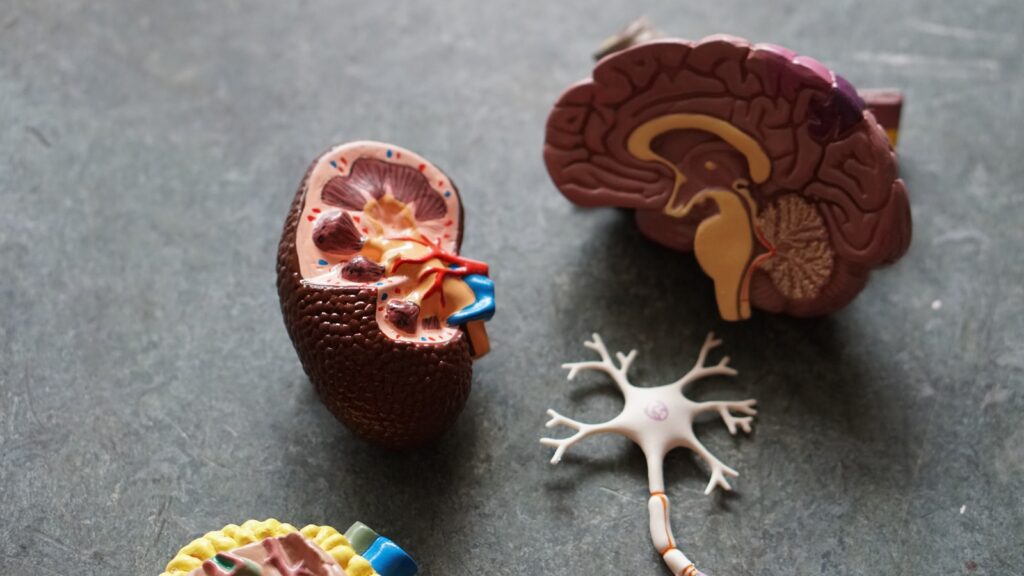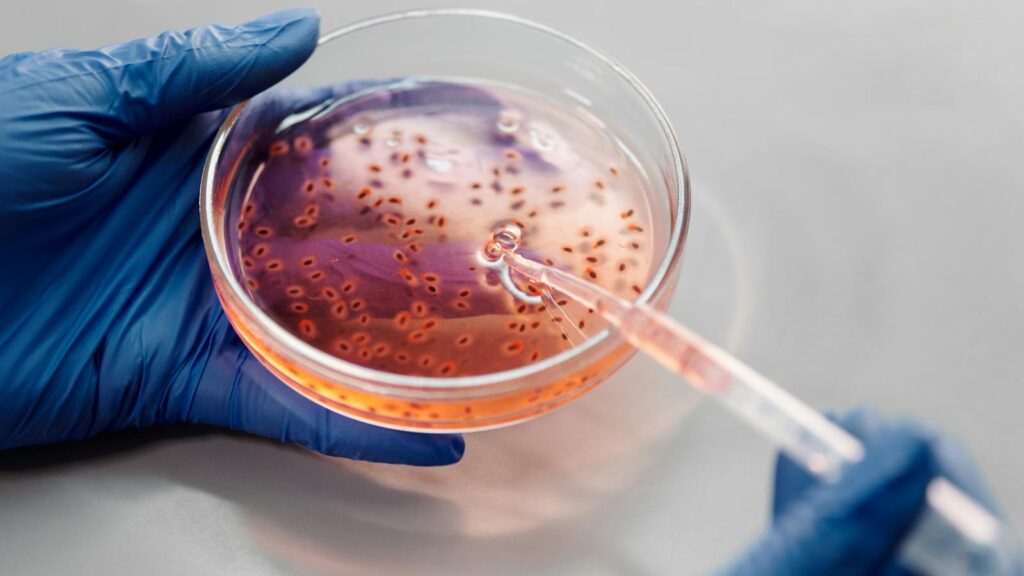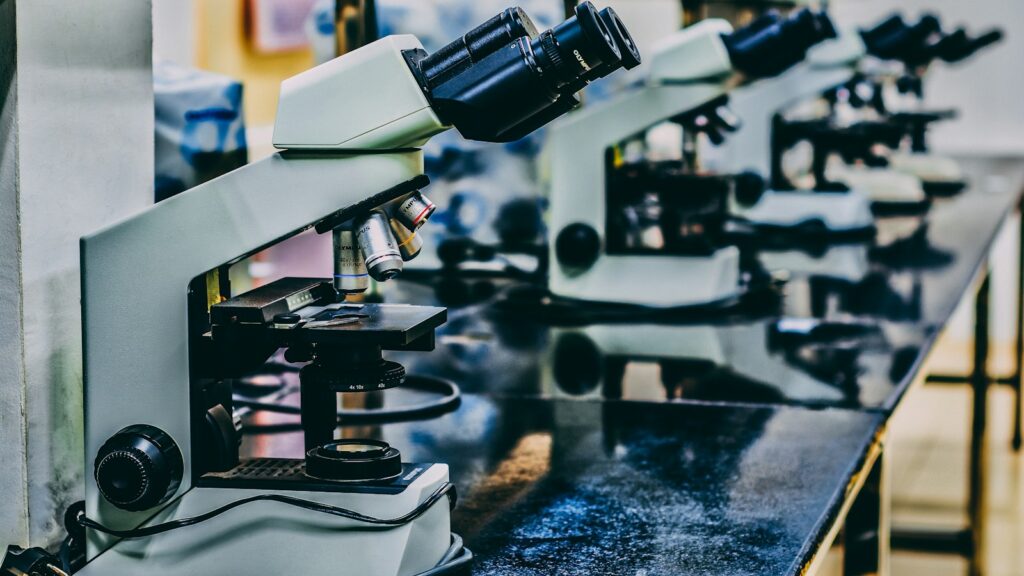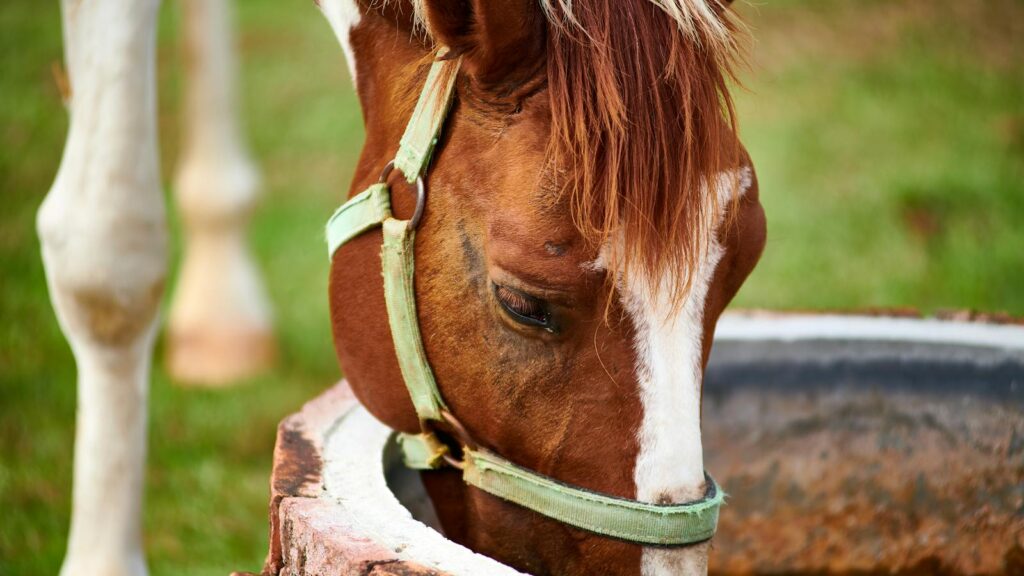In the world of equine health and care, hydration stands as a cornerstone of wellbeing, yet it often doesn’t receive the spotlight it deserves. While we marvel at thoroughbreds’ speed and draft horses’ strength, one extraordinary equine has been turning heads in veterinary circles for its remarkable hydration efficiency. Meet Aquarius, a 7-year-old Andalusian gelding whose exceptional physiological adaptations have earned him the nickname “The Hydration Horse.” This fascinating case study is challenging what we know about equine water consumption and utilization, potentially opening new pathways for improved horse care across various disciplines.
The Discovery of the Hydration Horse Phenomenon

Aquarius first came to scientific attention when his owner, Dr. Elaine Winters, a veterinary researcher specializing in equine physiology, noticed his unusual drinking patterns. Unlike the average horse that consumes 5-10 gallons of water daily, Aquarius maintained optimal hydration levels while drinking significantly less—just 3-4 gallons per day. Initial concerns about possible kidney issues prompted comprehensive testing, revealing not a health problem but an extraordinary efficiency in water retention and utilization. Further investigations conducted at the University of Kentucky’s Equine Research Center confirmed these findings, documenting Aquarius’s unique ability to maintain ideal hydration status while consuming approximately 40% less water than horses of comparable size and activity level.
Understanding Equine Hydration Basics

To appreciate what makes Aquarius exceptional, we must first understand normal equine hydration requirements. The average 1,000-pound horse typically consumes 5-10 gallons of water daily, with requirements increasing during hot weather, exercise, or lactation in mares. Horses lose water through respiration, sweating, urination, and defecation, creating a continuous need for replenishment. Proper hydration is crucial for digestion, thermoregulation, joint lubrication, and cellular function. Dehydration risks include impaction colic, reduced performance, and in severe cases, potentially life-threatening conditions. Monitoring water intake represents one of the most fundamental aspects of responsible horse care, making Aquarius’s efficiency particularly noteworthy to researchers and horse owners alike.
The Unique Physiological Adaptations

Scientific examination revealed several physiological adaptations that contribute to Aquarius’s exceptional hydration efficiency. First, his kidneys demonstrate enhanced filtration capabilities, recycling water more effectively than those of typical equines. Second, specialized cells in his digestive tract extract more moisture from food, maximizing nutrient absorption while minimizing water waste. Third, his sweat composition contains a lower percentage of water and a higher concentration of electrolytes, reducing fluid loss during thermoregulation. Finally, sophisticated testing revealed that Aquarius’s cells contain a slightly higher concentration of aquaporins—specialized protein channels that regulate water movement across cell membranes. These combined adaptations create a remarkably efficient hydration system that allows him to maintain optimal health with significantly reduced water intake.
Genetic Analysis and Potential Hereditary Factors

Genetic sequencing has identified several mutations in Aquarius’s DNA that may contribute to his extraordinary hydration efficiency. Specifically, researchers discovered variations in genes controlling aquaporin production, kidney function, and electrolyte regulation. Intriguingly, some of these genetic markers bear similarities to those found in desert-adapted mammals like camels and certain desert-dwelling horse breeds such as the Arabian. Pedigree analysis revealed that Aquarius’s maternal line traces back to horses bred in the arid regions of southern Spain, suggesting potential evolutionary adaptations for water conservation. Scientists are now investigating whether these genetic traits could be selectively bred for or potentially utilized through advanced genetic techniques to improve hydration efficiency in other horses.
Performance Implications of Superior Hydration

Aquarius’s hydration efficiency translates into several performance advantages observed during controlled studies. He maintains consistent energy levels during extended exercise, whereas conventional horses show earlier signs of fatigue under identical conditions. Recovery times following intensive workouts are approximately 22% faster than the control group average. His internal body temperature regulation during exertion remains more stable, with less pronounced spikes even in challenging conditions. Perhaps most significantly, Aquarius shows remarkable endurance capabilities, completing demanding test courses with minimal performance degradation. These findings suggest that optimized hydration efficiency could represent an untapped area for performance enhancement in equestrian sports ranging from endurance racing to eventing.
Comparative Analysis with Desert-Adapted Equines

Researchers have conducted comparative studies between Aquarius and naturally desert-adapted equines, including Arabians and Akhal-Tekes, discovering both similarities and differences. While desert breeds typically show enhanced water conservation abilities, Aquarius surpasses even these naturally adapted equines in specific metrics of hydration efficiency. Unlike desert breeds that often exhibit particular physical adaptations such as smaller body size or specialized nostril structures, Aquarius maintains the traditional robust build of his Andalusian heritage. The most significant distinction appears at the cellular level, where Aquarius’s unique genetic makeup creates hydration advantages that evolved differently from those of traditional desert horses. This comparison provides valuable insights into how different evolutionary pathways can lead to similar physiological advantages through distinct mechanisms.
Implications for Horses in Arid Environments

The discoveries from studying Aquarius could revolutionize how horses are maintained in water-scarce regions globally. Arid and semi-arid regions, where water access represents a significant limitation to equine husbandry, might benefit tremendously from horses with enhanced hydration efficiency. Working equines in developing nations, which often face severe water restrictions, could maintain better health and working capacity through improved hydration utilization. Additionally, recreational and competition horses in drought-prone areas would benefit from reduced water requirements while maintaining optimal performance. If the genetic factors that contribute to Aquarius’s efficiency could be isolated and incorporated into breeding programs, future generations of horses might be better adapted to the challenges posed by increasing global water scarcity and climate change.
Potential Applications in Equine Health Management

Beyond performance and environmental adaptations, Aquarius’s unique physiology offers several promising applications for equine health management. Horses suffering from kidney disorders might benefit from treatments developed through studying his enhanced filtration mechanisms. His exceptional cellular water retention could inspire new approaches to preventing and treating dehydration-related conditions like impaction colic, a leading cause of equine medical emergencies. The specialized protein channels identified in his cell membranes might lead to pharmaceutical innovations enhancing cellular hydration in compromised horses. Furthermore, understanding how Aquarius maintains electrolyte balance while consuming less water could revolutionize supplementation strategies for performance horses, potentially reducing the incidence of metabolic issues during competition.
Nutritional Factors Supporting Optimal Hydration

Detailed analysis of Aquarius’s diet revealed specific nutritional factors that appear to complement his natural hydration efficiency. His feeding regimen includes higher proportions of forage with optimal moisture content, providing significant “hidden” water intake through food sources. Specialized supplementation with particular electrolyte profiles helps maintain cellular water balance more effectively than standard equine electrolyte formulations. His diet also incorporates specific omega fatty acids that research suggests may improve cell membrane integrity and water retention at the cellular level. Additionally, careful timing of feeds in relation to exercise and climate conditions maximizes the hydration benefits of each meal. These nutritional strategies, while particularly effective for Aquarius, show promise for improving hydration status in all horses when appropriately tailored to individual needs.
Monitoring Technologies and Hydration Assessment

The study of Aquarius has accelerated development of advanced technologies for assessing equine hydration status. New portable devices can now measure subtle changes in bioelectrical impedance, providing real-time data on cellular hydration levels previously only available in laboratory settings. Specialized sensors integrated into halters can detect microscopic changes in salivary composition that correlate with hydration status. Advanced thermographic imaging techniques can identify patterns of superficial blood flow that indicate optimal versus compromised hydration. Wearable technology continuously monitoring heart rate variability, skin elasticity, and other parameters provides unprecedented insight into how hydration fluctuates throughout a horse’s daily activities and environmental conditions. These monitoring technologies, initially developed to study Aquarius’s unique physiology, now offer practical tools for all horse owners to optimize hydration management.
Training Protocols Maximizing Hydration Efficiency

Researchers working with Aquarius have developed specialized training protocols designed to maximize hydration efficiency in all horses, regardless of their genetic predisposition. These protocols incorporate carefully timed water offerings that align with natural biological rhythms to enhance absorption and utilization. Strategic exercise progression builds cellular adaptations that improve water conservation during physical exertion. Environmental acclimatization techniques gradually expose horses to challenging conditions while monitoring hydration responses, building physiological resilience. Additionally, cognitive training approaches teach horses to recognize their own hydration needs and seek water appropriately, addressing the problematic tendency of some equines to under-consume water during stress or unfamiliar situations. These training methodologies, refined through observation of Aquarius, offer practical approaches that any horse owner can implement to improve their equine’s hydration efficiency.
The Ethics of Breeding for Hydration Efficiency

As research continues into the genetic factors behind Aquarius’s exceptional hydration capabilities, important ethical questions have emerged about potential selective breeding programs. While improved hydration efficiency offers clear welfare benefits, especially in challenging environments, concerns exist about unintended consequences of selecting strongly for any single trait. Veterinary ethicists emphasize the importance of maintaining genetic diversity while pursuing beneficial adaptations. Some experts advocate for a balanced approach that incorporates hydration efficiency as one of many selection criteria rather than the primary focus of breeding decisions. Additionally, discussions continue about the appropriate use of advanced genetic technologies like CRISPR in potentially enhancing hydration traits in existing equine populations. These ethical considerations highlight the complexity of applying scientific discoveries about Aquarius to broader equine breeding and management practices.
Future Research Directions and Possibilities

The extraordinary case of Aquarius has opened numerous avenues for continued scientific exploration. Longitudinal studies are now tracking how his hydration efficiency may change throughout his lifespan, providing insights into age-related hydration challenges. International collaborations are investigating similar physiological adaptations in diverse horse populations worldwide, seeking to identify whether Aquarius represents a unique case or an extreme example of more widespread adaptive traits. Advanced research into the gut microbiome is exploring how intestinal bacteria might contribute to water extraction efficiency during digestion. Perhaps most excitingly, preliminary investigations suggest potential applications beyond equine science, with possible implications for addressing human hydration challenges in extreme environments or medical conditions. As research continues, Aquarius stands as a remarkable example of how a single exceptional individual can expand our understanding of fundamental physiological processes.
conclusion

In conclusion, Aquarius, potentially the most hydration-efficient horse ever documented, represents far more than a scientific curiosity. His unique physiological adaptations offer a window into the remarkable plasticity of equine biology and open new possibilities for improved horse care worldwide. From performance enhancement to environmental adaptation, from health management to ethical breeding considerations, the implications of this exceptional horse’s capabilities extend throughout the equestrian world. As climate challenges intensify globally and water becomes an increasingly precious resource, the lessons learned from studying this extraordinary animal may prove invaluable. Whether through genetics, training, nutrition, or monitoring technologies, the hydration efficiency demonstrated by Aquarius provides a compelling model for how horses—and perhaps other species—might better adapt to the challenges of our changing world.







